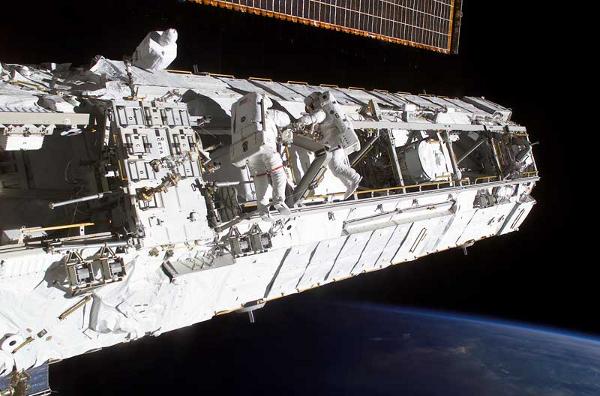NASA’s various research activities and experiments in space include the study of biological organisms. This is an example of a rodent based study being conducted on the International Space Station (ISS) and designed to examine biology of rats in the space environment. Learnings from this type of biological study could help make changes needed to improve human space travel and stays. Such scientific research can also help greatly improve human health, here on Earth. This study was being done at NASA’s Ames Research Center, with Dr. Ruth Globus (Ph.D.) as the project scientist.
Tag Archives: iss
Second stage rocket separates from Falcon 9

There has been a recent renaissance of private space companies, bringing with it many successes and a few failures. Elon Musk’s SpaceX is one of the new players with its Falcon 9 rocket. This picture shows the SpaceX Dragon spacecraft on its way to resupply the International Space Station, just after the second stage separation of SpaceX Falcon 9 rocket. Dragon was carrying the Optical Payload for Lasercomm Science (OPALS) communication being managed by JPL. The OPALS components can be seen in the bay and were deployed as part of this April 2014 ISS supply mission.
What is the International Space Station (ISS)?
The International Space Station (ISS) is a habitable, artificial satellite in low Earth orbit, whose first components were launched into space in 1998.

The International Space Station is composed of 15 different modules – seven that are American, five Russian, two Japanese and one European. The ISS provides a unique 800+ cubic meter platform for experiments that cannot be performed anywhere else. With call-sign Alpha, the ISS orbits Earth every 92.85 minutes travelling at a speed of 27,600 km/h. The maximum crew capacity of the International Space Station is 6 with a typical astronaut load of 3. The ISS includes an amateur radio (Ham radio) on board and astronauts use it to communicate on 145.80 (downlink) and 144.49 / 145.20 Mhz (uplink) frequencies with other Hams.
